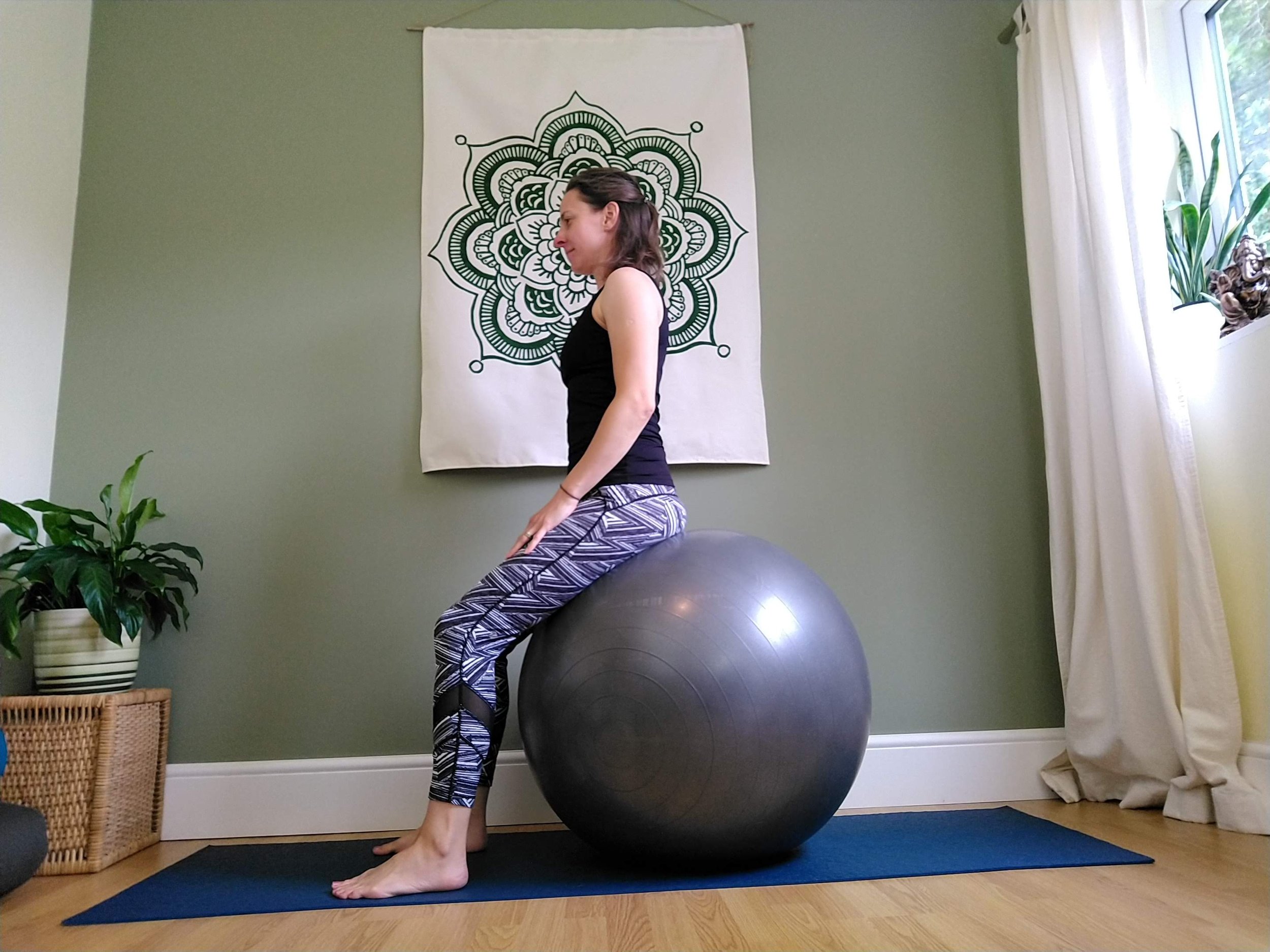Pelvic stability in pregnancy - 4 top tips
Sit with your hips higher than your knees
Use the golden triangle rule - knees no wider than length of your thigh so the triangle knees to pubis symphysis is equal
It's really important to have an understanding of your pelvis in pregnancy, how to keep it healthy and stable and how best to use it during labour and birth.
The female pelvis is designed with childbirth in mind. The female pelvis is not a fused and static structure, it has the ability to widen at the sacroiliac joints at the back of the pelvis (up to 2mm each side) and also at the pubic symphysis joint at the front (up to 8-9cm!). The tail bone also has the ability at birth to move up and out of the way as long as it is free to do so. (if you lie on your back for birth the tail bone cannot move easily - side-lying, hands and knees or any standing positions are much better for an easier birth).
So the female pelvis has all the tools to birth your baby and your baby cannot be too big to pass through your pelvis because it is so flexible.
Pelvis stability
The down side to the amazing ability of the female pelvis to not only be flexible, but also to house a growing baby, placenta, and all its usual organs and systems is that a lot of pressure is put on both the bony pelvis and the muscles and ligaments such as the sacroiliac, symphysis pubis and pelvic floor.
In some pregnancies a lot of pain can be experienced at the pelvic joints. This is known as PGP pelvic girdle pain, or SPD Symphysis Pubis Dysfunction. It's often one sided and can move around the joints as the pelvis tries to cope. It can be mild, come and go or be very severe causing real difficulty moving around and a lot of pain. No-one knows why some people experience this more than others and there's no way to know if you are going to get it. So it's good to know how to move well to at least help to prevent it, or ease it if it occurs.
To keep your pelvis more stable in your day to day life, and not add more pressure to your pelvic area here's a few things you can do:
1. Sit with your hips higher than your knees - try to use cushions so that you can do this on any chair, your sofa and in the car.
2.. Use the 'golden triangle' rule. Try not to take your knees wider than the length of one of your thighs as you move around.
3.. Try to stand with both feet on the floor evenly and with a little bend to the knees. Notice when you stand on one leg, or do things with one leg more than the other. If you do things one sided, try to do them the other side too for balance.
4. Roll over in bed carefully so that you are not over-stretching at the pelvic joints. There’s a video to help you
If you become more aware of the movements you make in your daily life and your habits, you will be able to notice when things are not comfortable and adjust them.
If you do get discomfort in your pelvis see your health care provider and ask for a referral to a physiotherapist. They can help advise you on moving well and you can be prescribed a special belt to support your pelvis and help keep it stable.
Yoga classes and massage can also help you to ease pains, balance your pelvis and get to know your body better so that you can keep your pelvis happy and healthy.
Links:
Marilyn Wale – Massage Therapist
Babs – Female Focus Physio
Fiona – Exercise and Nutrition in Pregnancy
All the above can be found at www.pbycheshire.org.uk
Pelvic Partnership – support for PGP https://pelvicpartnership.org.uk/


